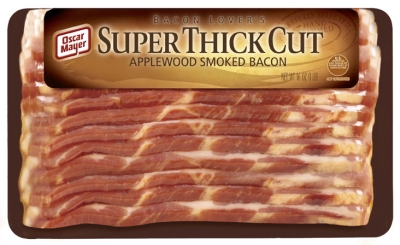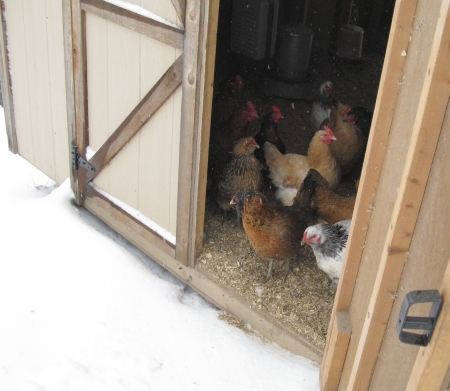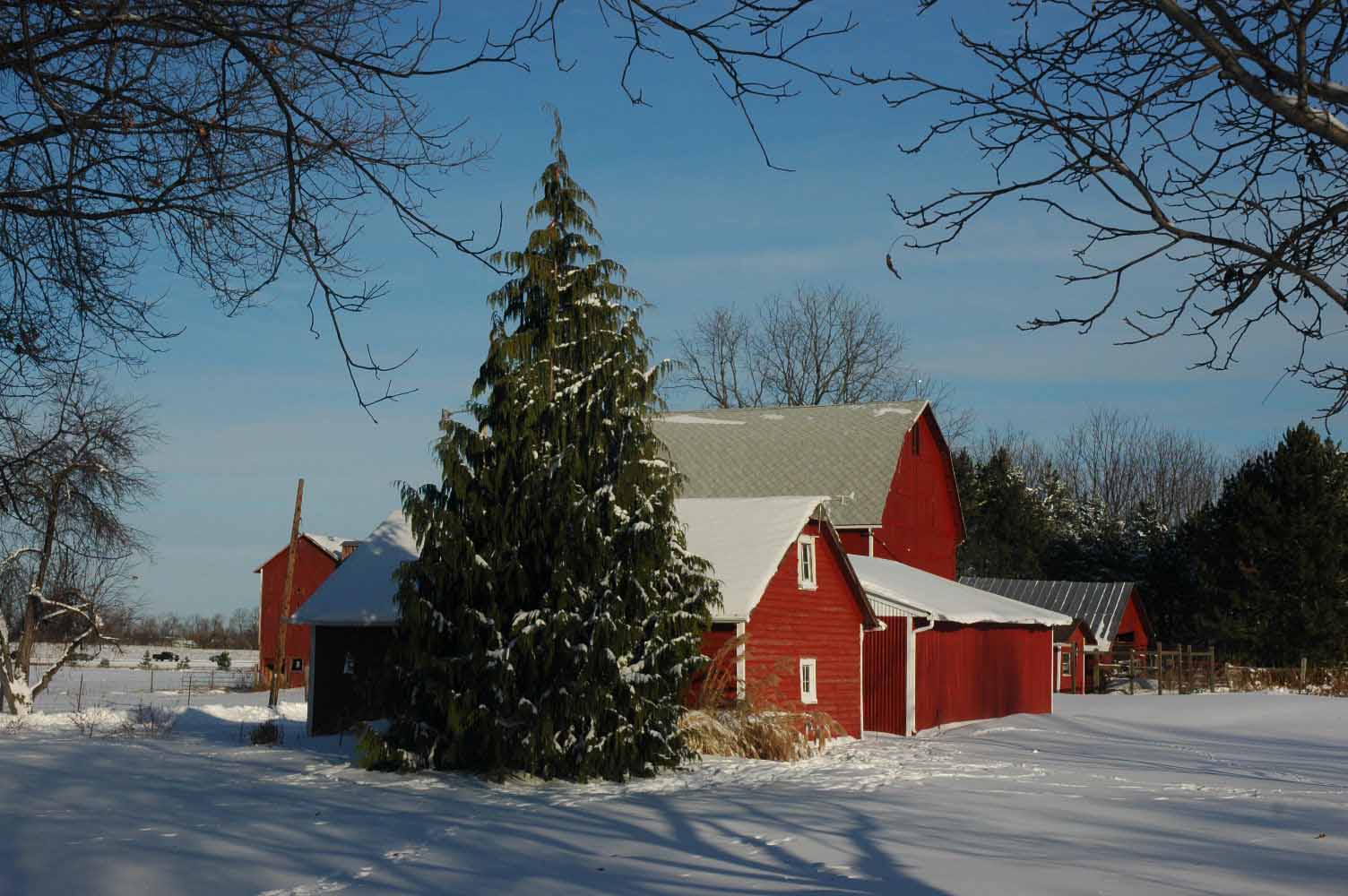This is one of those “random thoughts” posts…no professorial musings, plant geek gushings, or interpretations of useful research. And absolutely, positively, in no way, expressed or implied, intended to provoke a veg/carnivore controversy nor promote any particular product.
Just a simple question that occurred to me in the grocery store.
“WHERE is all this apple wood coming from?”

Google “apple wood smoked bacon” and get 689,000 results. Apple wood also frequently appears as “applewood”, orthographical conventions aside. We’ll just refer to it as AWSB for the duration of this post. Wendy’s is promoting their burger with AWSB all over the place. Kraft’s Oscar Mayer division recently released a new AWSB product nation-wide (according to the blog www.mrbaconpants.com) What used to be available only through specialty meat companies and at high-end grocery stores is now available everywhere.
Back to my question. That’s a lot of bacon to smoke.
Apples used to be an important part of the mid-Atlantic and Northeastern commodity mix. Arkansas had its own “Apple Belt”. These markets have experienced a fairly dramatic decline; much of U.S. production has shifted to Washington state. So are some of these out-of-production orchards the source of all this wood?
I may ask this question of some apple experts I know. Linda, I bet you’re up to your pits in pomologists at Washington State – see what they say (and I apologize in advance for the looks you’re going to get). Also – how much apple wood has to be used in the process to officially, legally, be considered AWSB? May have to pester a food scientist.


















